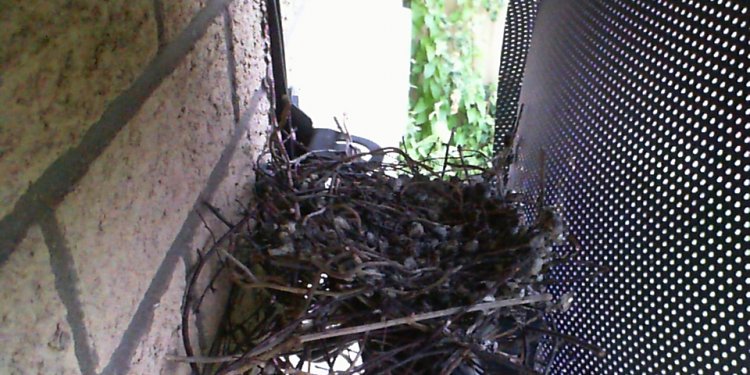
Lindisfarne Heritage Centre
The Lindisfarne Heritage Centre appears from the south-side of Marygate, the main road running right through the village on Holy Island of Lindisfarne. Ab muscles small frontage is deceptive. Move across leading door and you find yourself in a big room that integrates the functions of customer information centre when it comes to island and a shop offering many appealing and stylish goods. And beyond is a remarkable series of events which is why a little entry cost is made.
The events, which offer off to the side and to a corner associated with shop, have three central and incredibly contrasting motifs. The very first is exactly about island life. Here you'll find out in regards to the flora and fauna of Holy Island of Lindisfarne and appearance at diverse habitats of dunes, beaches and cultivated industries, as well as the (periodically) surrounding water and intertidal mud. The place of man into the landscape can be investigated, aided by the tale for the struggle to carve aside a full time income from a lovely but financially unpromising landscape, primarily through farming, fishing and mining. The emphasize of the the main event for people was an interactive model of the area, because of the various habitats illuminated.
The second motif for the events at the heart looks at the Vikings on Lindisfarne. For community residing on the island at that time, society changed profoundly in 793, whenever monastery at Lindisfarne ended up being raided by Vikings. They went on to relax and play an important role in the tale of area. Your initial encounter is with a fearsome warrior together with prow of their ship in the 1st space regarding the exhibition. Beyond is an audio visual theatre by which a film informing the storyline associated with the Viking raids on Lindisfarne, and their effect on the later reputation for the area is shown. That is narrated by archeologist Julian Richards and also the film comes over in an entertaining, accessible, and informative means.
The most crucial for the events within the history Centre is mostly about the Lindisfarne Gospels. The Gospels make up a manuscript of this New-Testament in Latin which occupies 258 pages of vellum made from the skins of approximately 150 calves. The Gospels are considered to be the job of, or produced underneath the course of, a monk called Eadfrith, who became Bishop of Lindisfarne in 698 and died in 721. Its thought that the Gospels had been produced in honour of Saint Cuthbert, and although viewpoints vary to a diploma, more likely time of creation is believed becoming around 715. The Gospels tend to be elaborately illustrated and had been originally bound in good leather covered in jewels.
The Lindisfarne Gospels are regarded is among the masterpieces of early medieval art, and are also today held because of the British Library. Everything you find in the Lindisfarne history Centre is a lovely facsimile for the initial guide presented into Holy Island of Lindisfarne by the Brit Library, as well as an interactive show that allows that "turn all pages and posts" and explore the content regarding the Gospels. This area forms the true heart of Centre's events, and has now a suitably reverential and ecclesiastical experience. The facsimile of Gospels is held in a transparent box put into what feels and looks just like the apse of a church. Other displays help show the creative inspiration for decoration of the Gospels, while an outer sanctum informs the story of this creation of the Gospels helping set all of them in framework.
Very nearly opposite the history Centre, regarding the north side of Marygate, where it'll get full benefit from the sunlight, could be the Lindisfarne Gospels Garden, which it really is reasonable to consider as an outdoor expansion to the centre. This stunning and, depending on the few visitors you're revealing it with, tranquil room seeks to reflect the spirit associated with Lindisfarne Gospels in living kind. In summer, with every little thing in bloom, decreasing features, beyond the plants and plants by themselves, will be the wooden "rock" cross towards back associated with the garden, as well as its metal counterpart on one side. Powering the garden is an excellent reredos (the kind of function you would expect behind an altar in an Anglican church). This is topped off with an arch meant to express the Rainbow Arch which miraculously nonetheless stands within the crossing of nearby Lindisfarne Priory.
The story of the way the yard had become the following is nearly as appealing since the yard itself. In 2003, Stan Timmins, the top of Parks and Gardens at Newcastle City Council, created a garden prompted because of the Lindisfarne Gospels when it comes to Chelsea Flower Show. It won a Silver Medal, as soon as the tv show had been over the Council approached the Lindisfarne Community Development Trust with a view to locating a permanent house the garden. The garden the thing is that these days may be the outcome.








